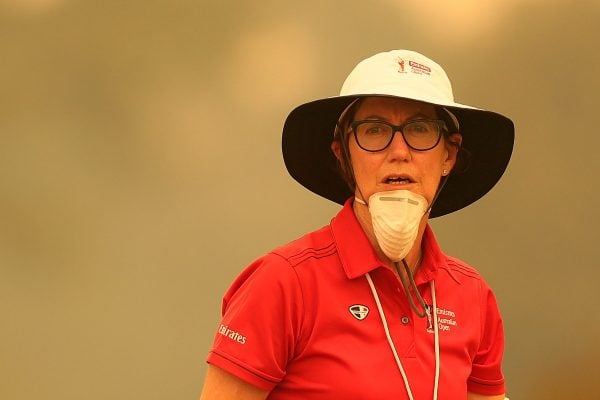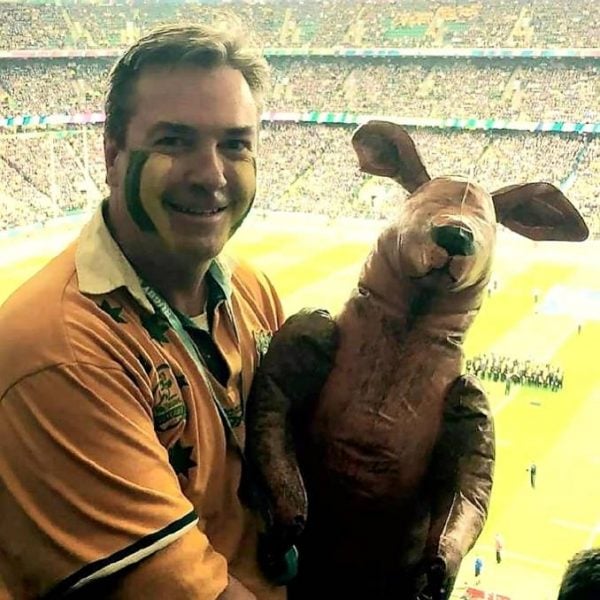
At least 27 people have died this bushfire season.
More than a billion animals have perished in the flames.
We’ve lost thousands of homes, and millions of hectares of Australian bushland.
But we’ll never know the full death toll from the current disaster that is still unfolding on our shores.
Sidenote: Here’s Celeste Barber’s mother-in-law on the devastating bushfires. Post continues after video.
Millions of Australians have been breathing in toxic air for months now. While many of us have been able to take shelter indoors, in some areas, the smoke is particularly bad. Then there’s our firefighters, who have been breathing it in all day every day, since November.
Over the weekend it was confirmed 19-year-old Courtney Partridge-McLennan’s death in November was the result of an asthma attack brought on by the bushfire smoke.
“Tammy, Chris and Courtney’s sister Cherylleigh don’t want her passing to go unnoticed against the backdrop of these fires. They wish to raise awareness of the seriousness of asthma, the risks to people with asthma and the dangers of bushfire smoke, so no one else has to go through what they’re experiencing,” wrote Asthma Australia in a statement on Facebook.



Top Comments
I feel for her and her family. I had a smoke induced asthma attack 2 weeks before Christmas I was terrified. And the panic attack I had straight afterwards left me feeling like I was made from jelly. I was unable to walk for about an hour after. I know that the only thing that saved me was that I had increased my steroid medication a week before because of a cold I had.
We needed to be prepared months ago, which is why many people are frustrated at the slow and reluctant response to the crisis.
Stocking up on masks, asthma medications, buying air purifiers, having a safety plan to check up on vulnerable people etc.